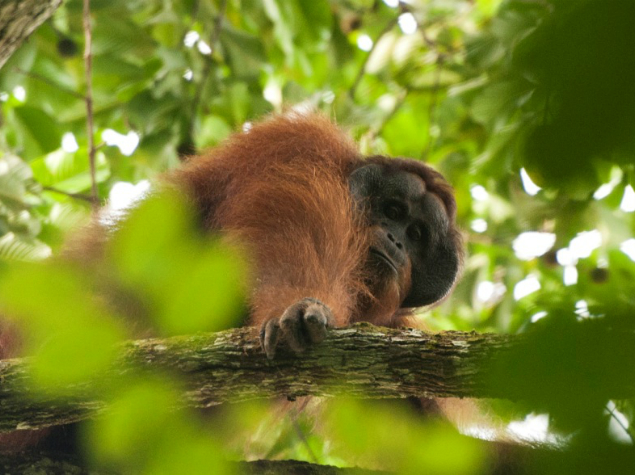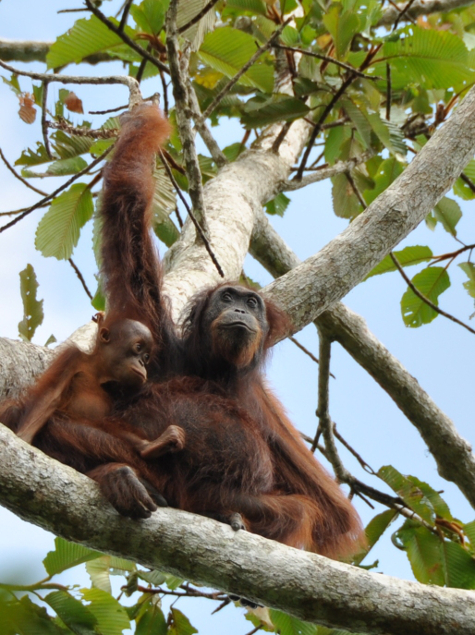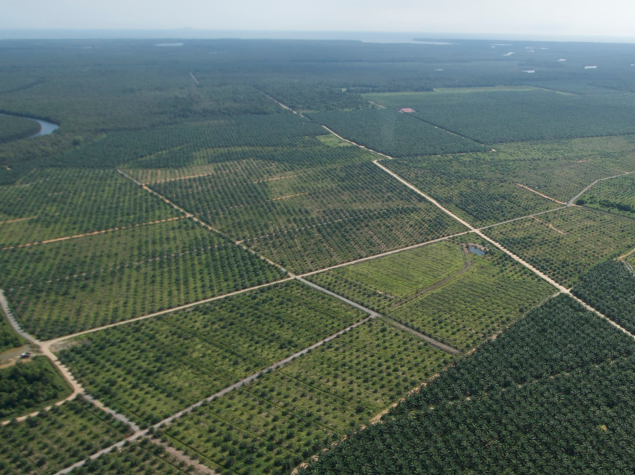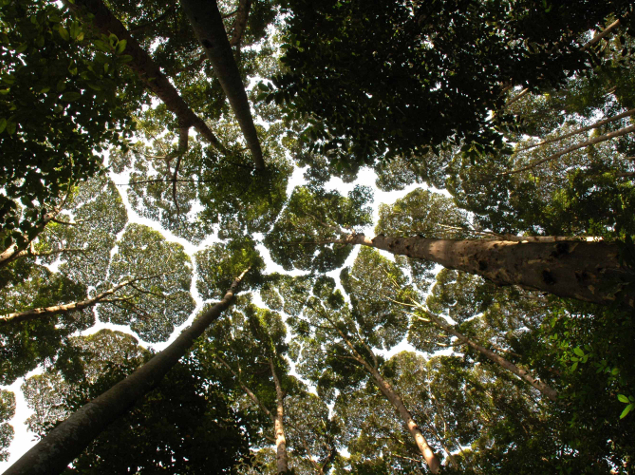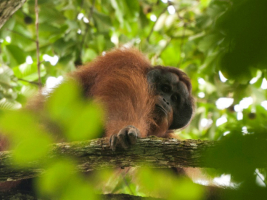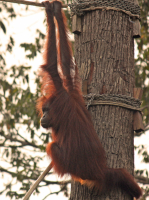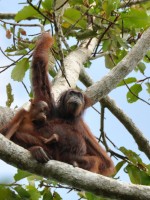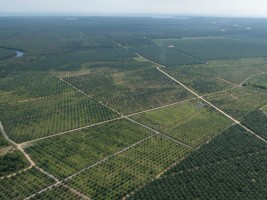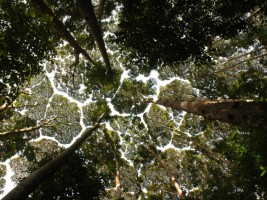Understanding the ecological needs of orang-utans in a habitat greatly altered by human activity
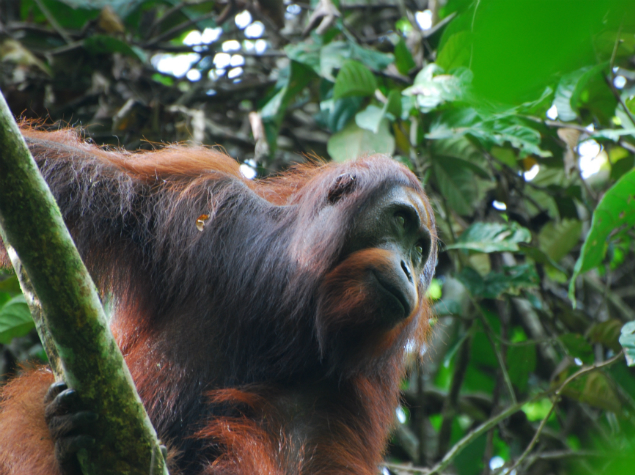
Since 1998, the two founders of HUTAN (Dr Isabelle Lackman and Dr Marc Ancrenaz) have been living permanently in Sabah in order to develop the Kinabatangan Orang-utan Conservation Programme (KOCP). Today, the programme employs over 50 full-time staff (all from the local community), who are responsible for developing and carrying out conservation activities.
The KOCP programme, which has been developed by HUTAN over the last 16 years, is made up of five major units, including the Orang-utan Research Unit (for which funding was requested), all of which are interdependent and complementary.
The approach is community-based; involving village communities that are in close contact with animal biodiversity is essential for devising sustainable conservation strategies. This participatory, community-based approach is complemented by an integrated collaborative approach with government and private industry (agriculture, forestry, etc.).
The orang-utan’s natural habitat (the forests of Borneo and Sumatra) is disappearing and being increasingly damaged by human activity. Recent research has shown that 70% of the surviving orang-utan populations in Borneo live outside protected areas, in commercially exploited forests. It is therefore vital to gain a better understanding of how the orang-utan can adapt to these drastic changes in its natural habitat if we are to ensure its long-term survival
The specific objectives of the project include the following:
- Determine whether (and how) orang-utans can survive in an agricultural landscape dominated by palm oil plantations. This study, organized by HUTAN’s orang-utan team, combines different approaches in order to gain a better understanding of the species’ ability to adapt to this new habitat: interviews with the workers who live on the plantations; monitoring of wild orang-utans used to human presence that live in the forest and go into the plantations in search of food or for other reasons; use of a camera trap to identify the individual orang-utans that enter the plantations; collection of fecal samples for genetic analysis; botanical monitoring to quantify seasonal patterns of food availability, both inside and outside the forest; regular orang-utan nest surveys to document fluctuations in animal density, etc.
- Identify methods for managing conflict between local communities and wildlife (mainly orang-utans and elephants). The KOCP teams work with villagers to set up human/orang-utan (and elephant) conflict management mechanisms. The two species are spending more and more time on farmland, sometimes causing considerable damage to crops. It is therefore essential that techniques be developed to reduce conflict and engender greater tolerance on the part of local communities: electric fences, drains, patrols, etc.
- Re-establish the connectivity that is essential for maintaining the forest corridors along the Kinabatangan River to facilitate movement of orang-utans and elephants in the region. In many places, the forest is being fragmented by palm oil plantations that stretch as far as the river banks, leaving the riparian zone (strip of land adjacent to the river) no longer functional. Destruction of the natural forest along the river banks prevents animal migration and increases the risk of conflict. The project aims to protect key areas that are essential for animal movement along the river banks. Destruction of the large trees bordering the tributaries of the Kinabatangan has made the river an impassible barrier for the orang-utan, which cannot swim. KOPC teams are building ‘orang-utan bridges’ over these tributaries to restore the connectivity needed for the animals’ movement and dispersal.
Final report summary (October 2015)
- The conclusion of the study made is that orang-utans occasionally use the palm oil plantations as a source of food or to move between forests, but they can not solely survive in such plantations in the long term.
- Regarding conflicts between local communities and wild animals, the team noted orang-utans mainly deteriorate recent palm groves, which is not the case of those in the implementation area. Moreover, villagers whose orchards have been also attacked, are now more tolerant toward primates.
- More than 40 hectares have been acquired along the river, in order to establish a 10 kilometres long corridor between two protected areas. To do so, 10,000 trees have been planted.
- Hutan aims to continue its counselling work towards communities, industrials and governments. The association also plans to pursue its study on the oil palm plantations role regarding the preservation of the orang-utans as well as its advocacy efforts.
Check out the other project managed by Hutan funded by Fondation Ensemble.

